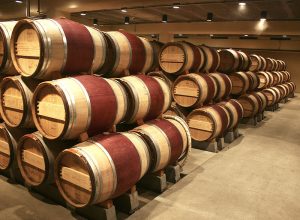Oakiness: you read about this quality on some wine bottles, along with acidity, tannins, and sweetness. How long a wine ferments in oak barrels does impact its taste, nose, and texture, but a lot of winemakers don’t like to discuss this part of the aging process. In recent years, they've become afraid people will jump to conclusions that their wines are too “oaky”, meaning that the grape flavor is overpowered by heavy oak flavors. And winemakers have good reason to fear; oak aging is often wrongfully blamed for wines that are too dry, dull, tannic, or thick. (The real cause behind such wines is almost always unripened grapes, not oak aging, however!)
<div id="attachment_2757" class="wp-caption alignright" style="width: 300px">

<p class="wp-caption-text">Oak Wine Aging in Barrels, photo by Sanjay Acharya from Wikipedia</p></div>
While inferior wines aged in oak are abundant, so are several of the world’s most prized, quality wines; these gems possess an intriguing degree of complexity (plus have a fantastic shelf life) because of the oak aging process. Wines that benefit the most from oak aging are Pinot Noir, Cabernet Sauvignon, Syrah, and Chardonnay.
When discussing such wines aged in oak, words like leather, cedar, mushroom, and vanilla may be familiar to you. These flavors have been perfected over the years by fantastic winemakers who still produce oaked wines. (Do a little field research, i.e. tasting; they are out there!) You can usually tell a quality, oak-aged wine with ease: enhanced by the oak, it tends to be much smoother, more rich, softer on the tongue, and better balanced than a non-oaked wine. Of course, you will taste some oaked wines that miss the mark entirely, but remember that in these instances the reason for the wine’s failure was not the oak, but rather the initial grapes. Think about the old computer programming phrase “garbage in, garbage out,” (abbreviated as GIGO). With computer programming, as well as winemaking, the final product is only as good as the quality of the initial input, or grapes, in our case! For more information about the science of aging wine, visit the Vintage Cellars Wine Storage Education Center.

 <p class="wp-caption-text">Oak Wine Aging in Barrels, photo by Sanjay Acharya from Wikipedia</p></div>
<p class="wp-caption-text">Oak Wine Aging in Barrels, photo by Sanjay Acharya from Wikipedia</p></div>
